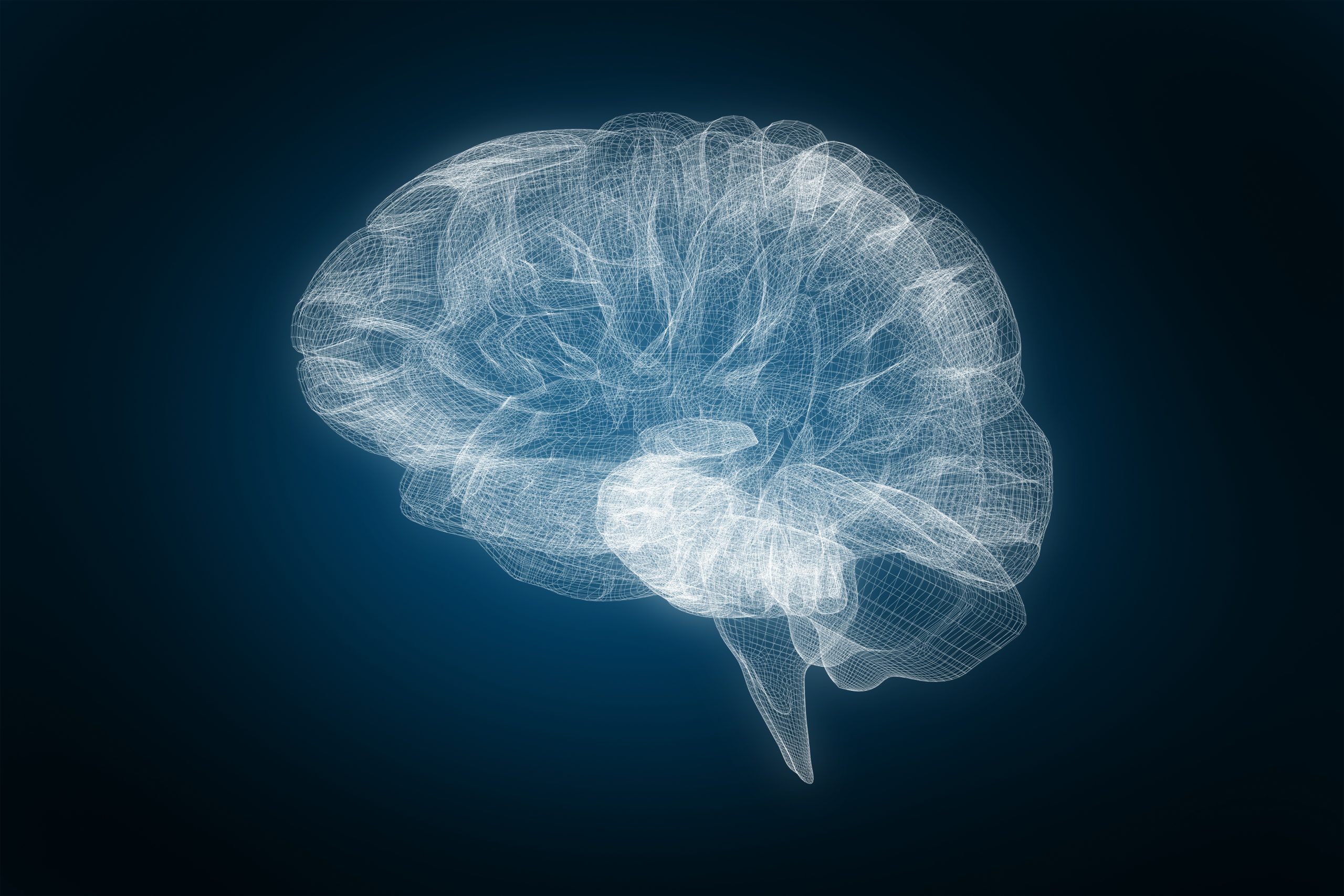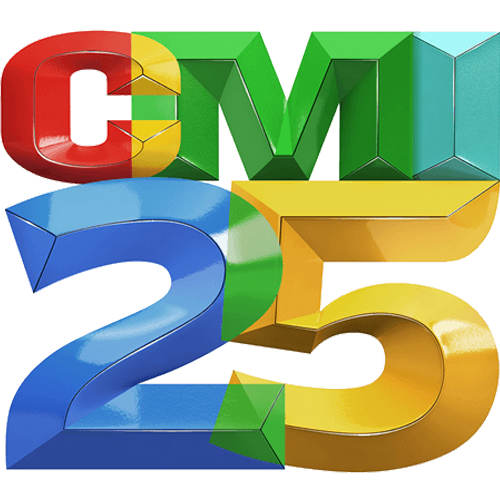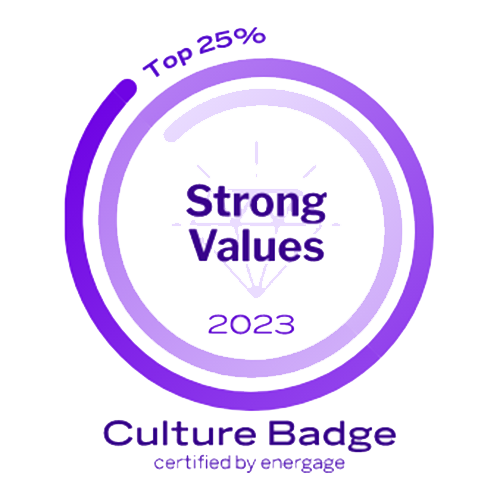As event planners, you may not realize that when you’re designing event marketing campaigns you’re acting like a scientist—a neuroscientist to be precise. Every decision you make to appeal to your audience’s emotions by understanding who they are and where they come from shows you understand your audience’s brain.
But what is neuroscience? According to the Department of Neuroscience at Georgetown University, it’s “the study of how the nervous system develops, its structure, and what it does,” while neuroscientists “focus on the brain and its impact on behavior and cognitive functions.” Essentially, this collision of marketing and science is what’s called neuromarketing, a term coined by Rotterdam University professor of marketing Ale Smidts in 2002. Through neuromarketing, you can gain insight into your audience’s motivations, preferences, and decisions, allowing you to better market and create successful, memorable events.
Neuromarketing Techniques
- Eye tracking: This is a type of technology that tracks where the eye is drawn when looking at advertisements. If you’ve ever looked at an image and followed the direction of where the people in the image are looking, your brain has been essentially hacked by neuroscience at work. Similarly, in marketing campaigns leading up to an event, utilizing these techniques can allow you to see what draws your audience’s attention.
- Sensory marketing: Senses are a powerful stimulant and can be used to entice consumers as well as trigger sense memories. For example, sending a taste (food item) that’s region- or culture-specific from an upcoming incentive trip location to your employees, or including hands-on activities at an event, provides a tactile experience. The visual component, of course, is always critical to branding—from colors, to whether packaging is shiny or matte, to the shape.
- FOMO: While this may not be the technical term, most people understand the “fear of missing out,” otherwise understood as the concept of “scarcity” or “loss aversion.” In marketing, you can utilize this by creating exclusive or limited-time elements for your event. According to Built In, ISM University of Management and Economics found loss aversion tactics led to high increases in conversions and page views on an e-commerce platform. Likewise, loss aversion can create a must-go feeling for an event, leading to conversions (ticket sales and high attendance).
Event Marketing Using Neuroscience
But while there are specific scientific methods used in neuromarketing, including color psychology, decision fatigue, evaluating satisfaction (in addition to the above three), and more, there are many ways to apply neuroscience in your campaigns to make that emotional connection between you and your brand.
One way to do this is through storytelling. Neuroscience has shown us that stories are effective at bringing out memories and forging connections. In fact, Forbes reported that neuroscientist Paul Zak believes stories can change your brain chemistry by spiking the chemicals related to empathy and attention.
Measuring engagement is another applicable way neuroscience plays into marketing campaigns for events. Think speakers, which are arguably one of the most important parts of a corporate event. According to HubSpot, Immersion Neuroscience measured audience immersion during presentations at a global conference in Houston and found the most engagement was created when the speaker was concise and energetic. During longer talks, however, a strong narrative was needed to keep the attention of the audience (hello storytelling).
Nearly anyone old enough to remember the events of 9/11, the assassination of John F. Kennedy, or the inauguration of Barack Obama, can tell you in detail what they were doing or how they were feeling the day of the event. This type of event recall is called flashbulb memory, which according to studies, is determined by high levels of surprise, consequentialism, or emotional arousal.
While flashbulb memories usually describe something that’s shocking or historical, the basic concept of creating surprising (and delightful) moments for your audience at events carries over into a more positive result—your event will be emblazoned in their minds.
By understanding your audience, you’ll also understand how to evoke emotion and keep your audience engaged.
The Benefits of Neuroscience on Event Marketing
Neuroscience allows us to create a better experience for people to feel safe and engaged. Through this, we have a greater understanding of how to design visuals that appeal to our audience, understand what creates an emotional response, and learn how our audience processes information, including stressors and perceived rewards. Ultimately, when you understand the science behind how your audience thinks, you can forge greater connections, build brand loyalty, and design successful, memorable events.











